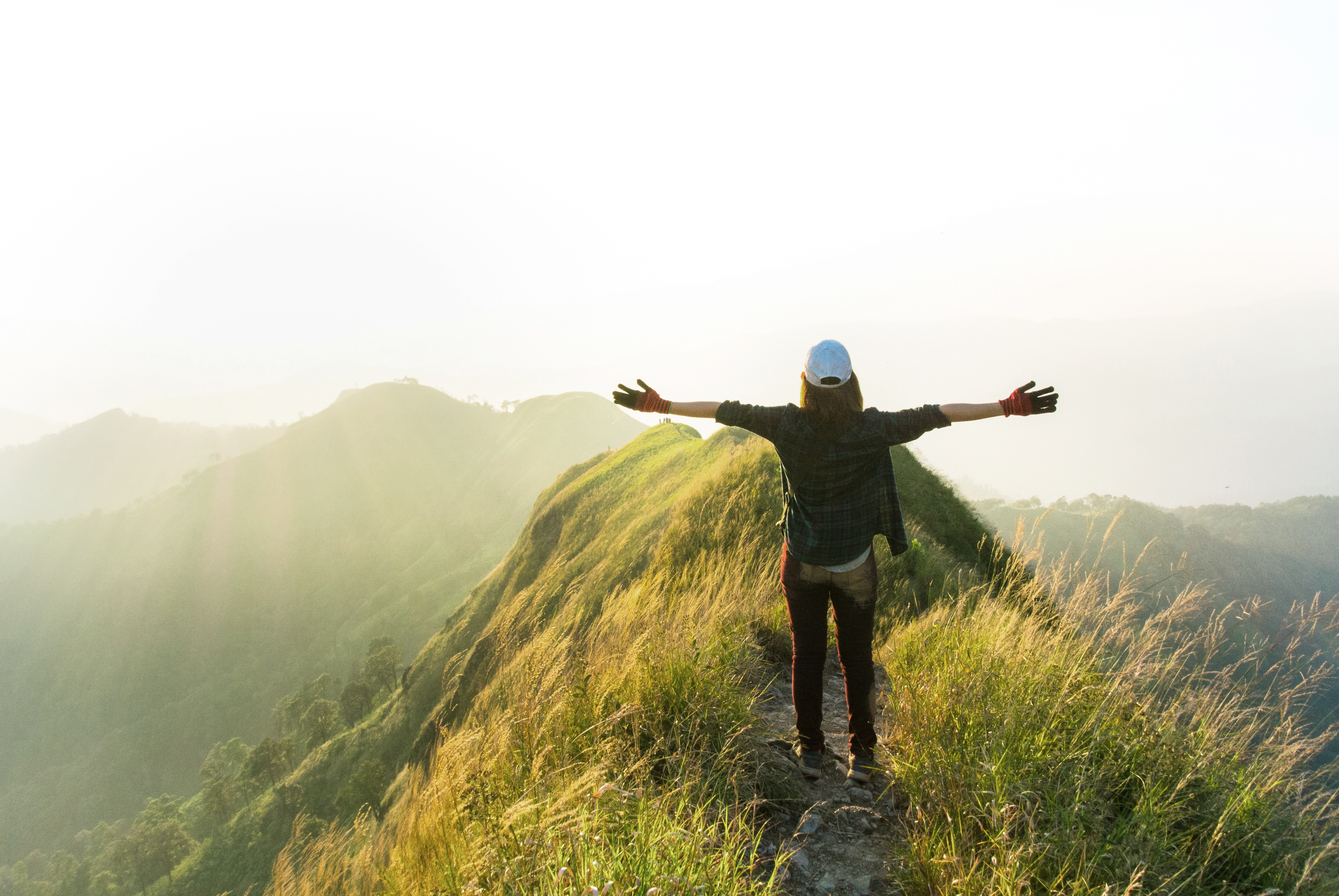“Our job is not to set things right but to see things right.” – Eric Butterworth

How many times in a day do you catch yourself wishing you thought something different, said something different, did something different? Or if it isn’t directly you, your wishing they did something different, said something different, acted in a different way.
We want to place blame somewhere. It isn’t me, it is ______. We can catch ourselves thinking if only _____life would be better; if only _____I would have more financial freedom/ health/ friends if only…
If you are like me, some days I wish I could do the entire day or moment over and others times I want to pat myself on the back because I feel pretty good about my thoughts, feelings and actions and how I decided to respond instead of react. I am aware of these thoughts because I am staying curious about myself and others. I love learning and want to understand the best I can.
The practice of svadhyaya – “self-study”, is one of the five Niyamas in yoga. When it comes to designing a yoga practice, it’s easier to picture yourself doing sun salutations and downward dogs than engaging with the yamas and niyamas (the first two rungs on the ladder of classical yoga). Postures fit solidly into a daily schedule and have beginnings, middles, and ends. But yogic attitudes such as non-harming and contentment are more contemplative in nature and require a measure of self-examination. As a result, they tend to fall off our practice routine.
Self-reflection/self-study “is like the waves of the sea, it is said that individual awareness is never separate from the infinite consciousness in which it has its being. Individual minds have distinctive qualities, preferences, and colorings, but they are not entirely autonomous. Each mind is a wave in a vast expanse of consciousness.” – Rolf Sovik
When we pause and reflect either through meditation, journaling, reflection after a conversation or observations of our habits and patterns we are practicing svadhyaya.
These observations remind us that we can “choose our attitude.” We can bring ease to the heart and mind.
It is helpful to practice Svadhyaya so we can pause before reacting and speak from a place of love instead of anger or fear.
A technique you can try is the soham Meditation. After first learning to observe the breath in the nostrils, beginning students are usually given the mantra soham (pronounced so with the inhalation and hum with the exhalation). This starts the process of quieting the mind and awakening the inner witness, for soham means, “that…I am; the Self…I am.” Repeating soham is the first step in acquiring direct, intuitive knowledge of the Self. Thus it is in daily meditation that the practice of svadhyaya comes to fulfillment.
May your yoga practices help you to heighten your vision and provide opportunities of self-reflection so you can “see things right.“

